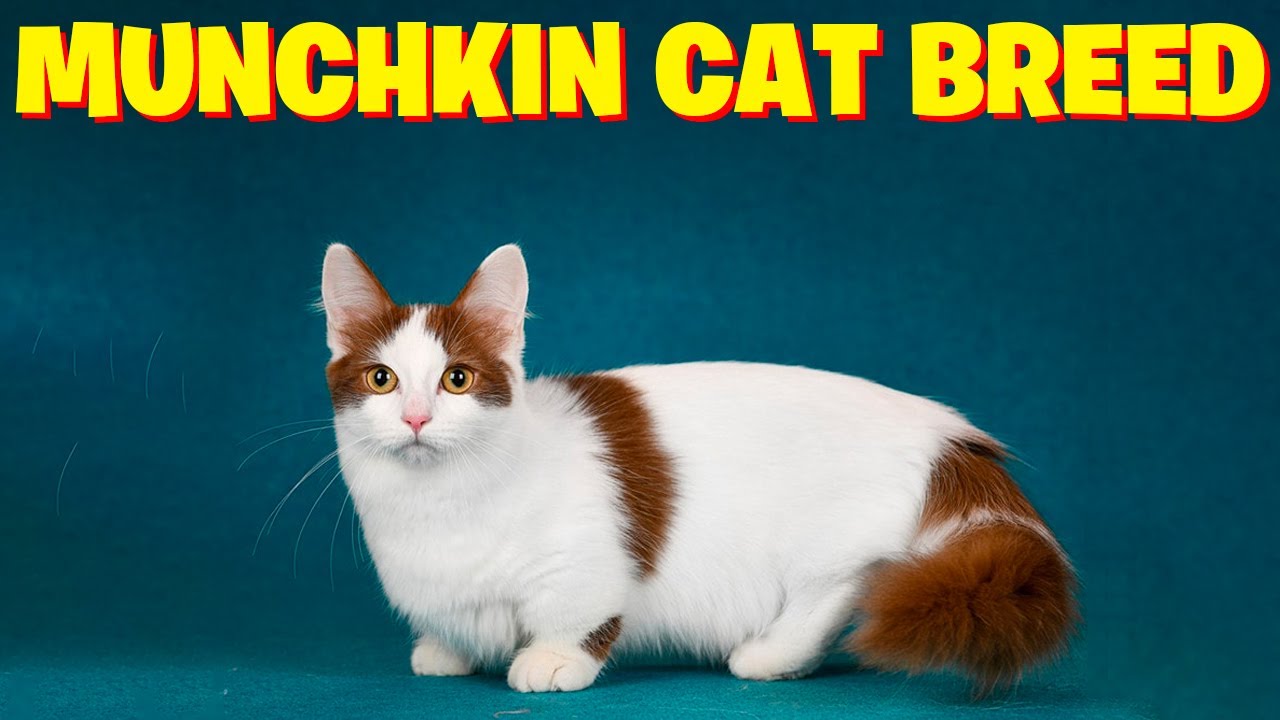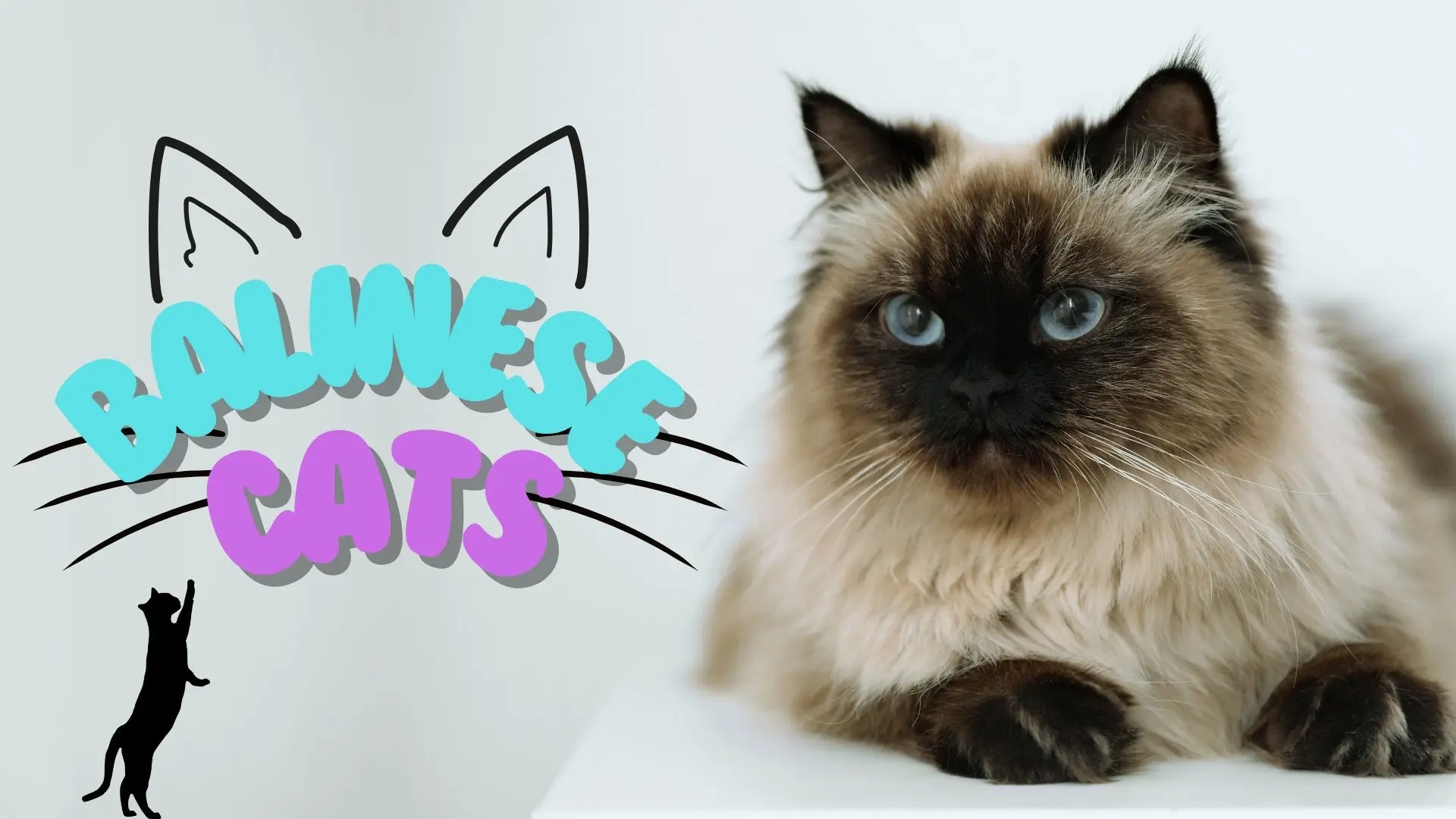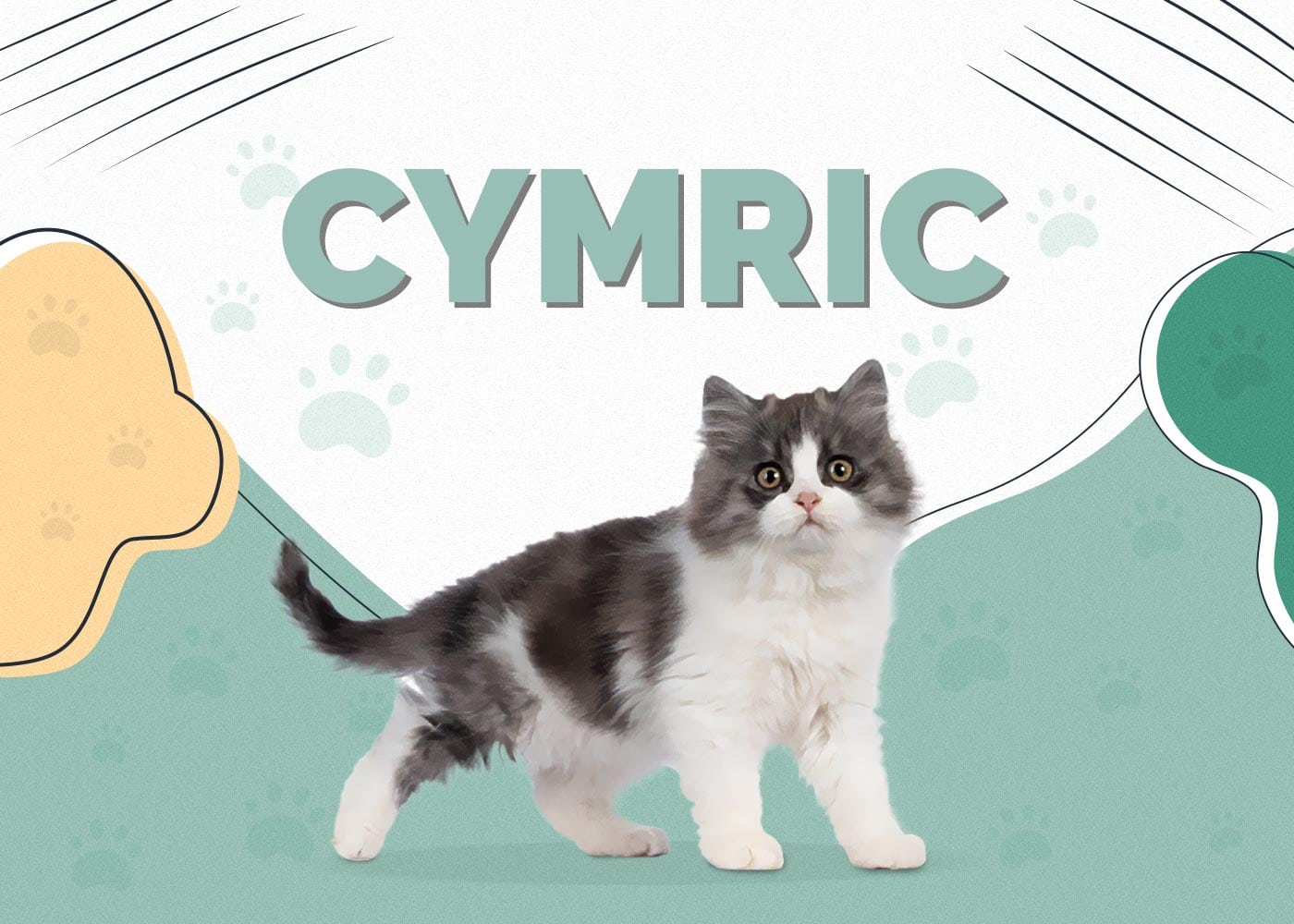Munchkin Cat Complete Guide: Profile, Characteristics, Training, Care, Choosing Tips, Pros and Cons, and Price
The Munchkin cat is one of the most recognizable and charming breeds in the feline world, instantly identifiable by its short legs and playful nature. Despite their stature, Munchkins are fast, agile, and full of personality. Whether you’re a seasoned cat owner or considering your first pet, this guide will help you understand if a Munchkin is the perfect companion for you.
1. Breed Profile
- Breed Name: Munchkin
- Origin: United States (1980s)
- Breed Type: Natural genetic mutation
- Body Size: Small to medium
- Weight: 2.2 – 4.0 kg (5 – 9 lbs)
- Lifespan: 12 – 15 years
- Coat Type: Short-haired and long-haired varieties
- Coat Colors: Wide range, including solid, tabby, calico, tuxedo, and pointed
- Eye Color: Various – blue, green, gold, odd-eyed
- Distinguishing Feature: Very short legs due to a natural genetic mutation
2. Physical Characteristics
The Munchkin’s most defining trait is its short legs, caused by a spontaneous genetic mutation affecting cartilage development.
Key features include:
- Short but strong legs: Not prone to mobility issues when healthy.
- Well-rounded body: Compact and muscular.
- Head: Slightly rounded with high cheekbones and large walnut-shaped eyes.
- Tail: Medium to long, often held upright like a plume.
- Coat: Plush and silky, requiring different grooming depending on length.
Despite their short legs, Munchkins move quickly and are surprisingly athletic, often able to sprint and even jump to moderate heights.
3. Personality and Temperament
Munchkins are adored for their cheerful and affectionate personalities.
Typical personality traits:
- Playful: They retain kitten-like energy well into adulthood.
- Affectionate: Thrive on human interaction and love to cuddle.
- Social: Get along well with other cats, dogs, and children.
- Curious: Love to explore and “borrow” small objects.
- Intelligent: Learn tricks quickly and enjoy puzzle toys.
- Confident: Short legs don’t diminish their self-assurance.
Unlike some breeds that can be aloof, Munchkins enjoy being part of family life and often follow their owners around the house.
4. How to Choose a Munchkin Cat
When selecting a Munchkin cat, consider the following factors:
- Reputable Breeder: Ensure they perform health screening, particularly for spinal issues.
- Leg Length: Munchkins vary; some have extremely short legs (“standard”), while others are only mildly shorter (“non-standard”).
- Health Guarantees: Choose kittens with health guarantees and vet certificates.
- Personality Match: Visit if possible to observe the kitten’s temperament.
- Rescue Options: Some organizations specialize in Munchkin cat rescue—adoption can be a fulfilling alternative.
⚠️ Important: Avoid breeders who cross two short-legged Munchkins exclusively, as this can lead to severe health problems.
5. How to Care for a Munchkin Cat
Feeding:
- High-quality cat food is essential — opt for high-protein, low-carb formulas.
- Portion control: Munchkins are prone to obesity; avoid free feeding.
- Fresh water should always be available.
Grooming:
- Short-haired Munchkins: Brush once a week.
- Long-haired Munchkins: Brush 2–3 times a week to prevent tangles.
- Baths: Rarely needed unless they get dirty.
- Dental care: Regular teeth brushing recommended.
- Nail trimming and ear cleaning: As needed.
Exercise:
- Provide interactive toys and climbing structures.
- Despite shorter legs, they love to chase laser pointers, balls, and play fetch.
Veterinary Care:
- Annual checkups are a must.
- Watch for any signs of spinal problems or arthritis as they age.
6. How to Train a Munchkin Cat
Munchkins are fast learners, and positive reinforcement goes a long way.
Training Tips:
- Litter Training: Most kittens are litter trained before going home.
- Harness Training: Start young if you want to walk them on a leash.
- Trick Training: Use treats and clicker training for tricks like “sit,” “high five,” and “fetch.”
- Avoid Punishment: Negative reinforcement doesn’t work well and may cause fear.
- Socialization: Early exposure to different environments helps them grow into confident adults.
Because of their high intelligence, many Munchkins enjoy learning and engaging with puzzle toys and treat-dispensing games.
7. Common Health Issues
Although generally healthy, Munchkins have some unique concerns:
- Lordosis: A condition where the spine curves downward; can be mild to severe.
- Pectus Excavatum: Chest depression that may impact breathing in severe cases.
- Joint and Bone Problems: Arthritis can develop earlier than in other breeds.
- Obesity: Watch their weight carefully to avoid extra pressure on their joints.
✅ Prevention Tips:
- Regular vet checkups
- Healthy diet and portion control
- Proper exercise
- Early screening for spinal issues if suspected
8. Pros and Cons of Owning a Munchkin Cat
Pros ✅
- Affectionate and loyal: They form strong bonds with owners.
- Playful: Endless entertainment and companionship.
- Adaptable: Suitable for apartments and homes.
- Sociable: Generally gets along with kids, other cats, and even dogs.
- Unique appearance: Their short legs and kitten-like expressions make them irresistibly cute.
Cons ❌
- Health risks: Potential for spinal and bone issues.
- High cost: Especially from reputable breeders.
- Needs supervision: Their adventurous nature and small size mean they can get into trouble.
- Controversy: Ethical concerns exist around deliberately breeding short-legged cats.
9. Price Guide
The price of a Munchkin cat can vary based on location, pedigree, coat type, and breeder reputation.
| Category | Price Range (USD) |
|---|---|
| Pet-quality Munchkin | $800 – $1,500 |
| Show-quality Munchkin | $2,000 – $4,000 |
| Rare colors or patterns | $2,500+ |
| Adoption from rescue | $100 – $400 |
Ongoing Costs:
- Food: $20–$50/month
- Vet Visits: $150–$300/year
- Pet Insurance (optional): $15–$40/month
- Toys, grooming tools, litter, etc.: $30–$100/month
Munchkins represent a real investment — not just financially but also in terms of time, love, and commitment.
10. Is the Munchkin Cat Right for You?
✅ Ideal for:
- Families with children
- First-time cat owners
- People who want a sociable, playful cat
- Those willing to monitor health carefully
❌ Not ideal for:
- Owners who are frequently away from home
- Those looking for a very athletic climber (like Bengals or Abyssinians)
- People unwilling to deal with potential veterinary costs
If you’re ready to invest time and love into caring for a lively, loving, and uniquely adorable cat, the Munchkin might just be your perfect match.
Final Thoughts
The Munchkin cat may be small in stature but is big in heart and character. Their playful antics, affectionate nature, and eye-catching looks have made them a beloved breed around the world. However, potential owners should be mindful of health considerations and commit to providing attentive, loving care.
If you’re prepared for a little extra responsibility, you’ll gain a devoted and endlessly entertaining companion who will fill your home with love and laughter.




